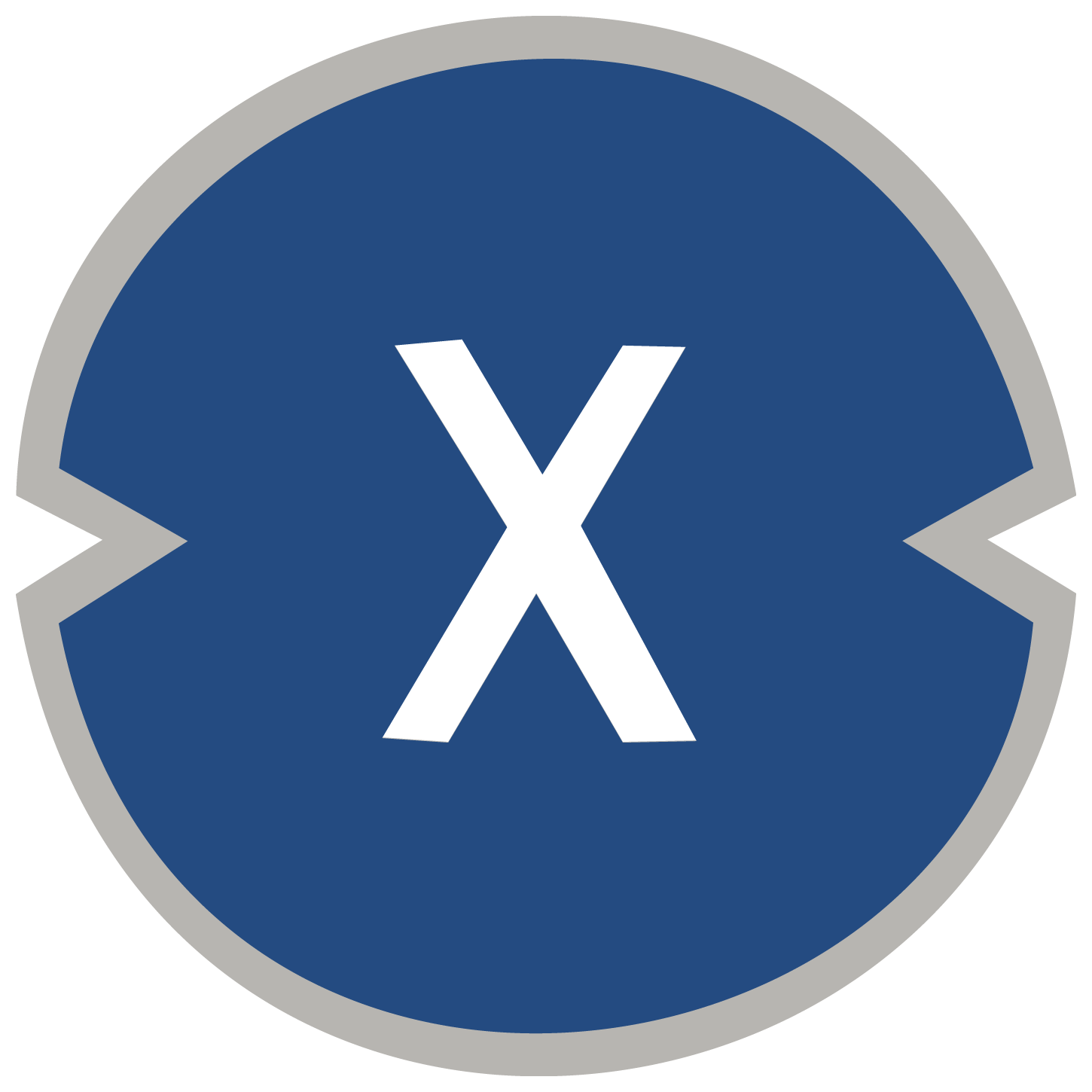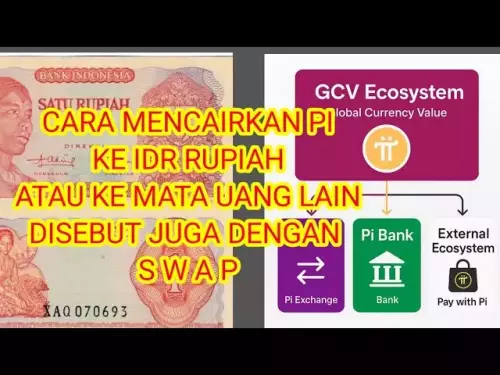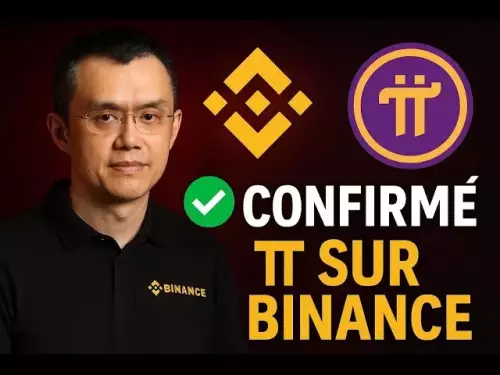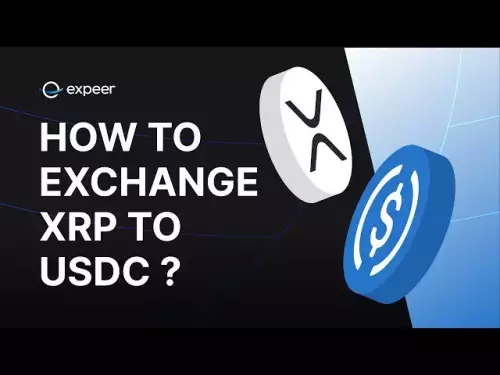-
 bitcoin
bitcoin $112715.707551 USD
-1.71% -
 ethereum
ethereum $4101.475385 USD
-3.01% -
 tether
tether $1.000644 USD
-0.02% -
 bnb
bnb $1207.619465 USD
-6.77% -
 xrp
xrp $2.501451 USD
-3.98% -
 solana
solana $202.947124 USD
-3.32% -
 usd-coin
usd-coin $1.000295 USD
0.04% -
 dogecoin
dogecoin $0.203884 USD
-4.47% -
 tron
tron $0.317154 USD
-1.72% -
 cardano
cardano $0.695009 USD
-4.43% -
 hyperliquid
hyperliquid $38.853961 USD
-8.23% -
 chainlink
chainlink $18.988674 USD
-4.64% -
 ethena-usde
ethena-usde $1.000233 USD
-0.03% -
 stellar
stellar $0.337050 USD
-3.63% -
 bitcoin-cash
bitcoin-cash $536.861728 USD
-1.28%
What is DAO (Decentralized Autonomous Organization)?
Decentralized Autonomous Organizations (DAOs) offer innovative governance structures by leveraging blockchain technology to distribute power among members, automate processes, and promote transparency.
Feb 17, 2025 at 10:18 am
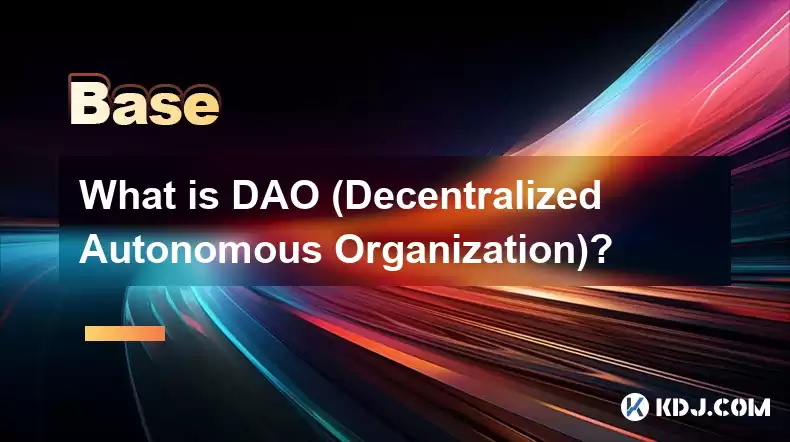
- Understanding the Concept of Decentralized Autonomous Organizations (DAOs)
- Constructing a DAO: Essential Steps and Considerations
- Pros and Cons of Utilizing DAOs for Organizational Governance
- Current and Upcoming Developments in the DAO Ecosystem
- Notable Examples of Successful DAOs
A Decentralized Autonomous Organization (DAO) is an innovative entity powered by blockchain technology that operates autonomously without the need for traditional centralized leadership. These organizations leverage smart contracts to facilitate decision-making and automate business processes, promoting transparency, accountability, and shared ownership among members.
Constructing a DAO: Essential Steps and Considerations- Establish a Purpose: Define the objectives and mission of the DAO, ensuring alignment among members.
- Create a Governance Framework: Develop a set of rules and procedures that guide decision-making and operation processes, including voting mechanisms and quorum thresholds.
- Establish a Codebase: Utilize smart contracts to automate decisions and operations in accordance with the established governance framework.
- Secure the DAO: Implement security measures to protect the DAO from malicious actors and ensure the integrity of its operations.
- Attract and Manage Members: Establish membership criteria and engagement strategies to foster a vibrant and committed community.
- Decentralized Decision-Making: Distributes power among members, fostering consensus and mitigating biases.
- Transparency and Accountability: All transactions and decisions are recorded on-chain, providing visibility and auditability.
- Cost-Effectiveness: Automating operations through smart contracts reduces operational expenses and bureaucracy.
- Autonomous Operations: Smart contracts execute tasks and decisions without the need for human intervention, ensuring efficiency.
- Global Accessibility: Anyone with internet access can participate in governance and decision-making processes.
- Complexity: Understanding and managing DAOs requires technical expertise and knowledge of blockchain technology.
- Slow Decision-Making: Consensus-based governance can be time-consuming, especially for complex decisions.
- Technological Limitations: Smart contracts are inflexible and cannot adapt to changes as quickly as traditional organizations.
- Regulatory Uncertainty: The legal status and regulations surrounding DAOs are still evolving, creating potential compliance risks.
- Foundation DAOs: Supporting the creation and development of new projects through funding, mentorship, and other resources.
- Collector DAOs: Purchasing and investing in artwork, collectibles, and other physical or digital assets.
- Investment DAOs: Pooling resources and making collective investment decisions to diversify portfolios and mitigate risks.
- Governance DAOs: Implementing decentralized governance models for existing organizations and communities.
- Metaverse DAOs: Governing and shaping virtual worlds, communities, and experiences within the metaverse.
- MakerDAO: A decentralized stablecoin protocol that uses DAI as its stablecoin, governed by MKR token holders.
- Uniswap: A decentralized exchange (DEX) that facilitates peer-to-peer trading of cryptocurrencies, governed by UNI token holders.
- Gitcoin: A platform for funding open-source projects and collaborating on decentralized governance initiatives, governed by GTC token holders.
- Compound: A decentralized lending protocol that allows users to earn interest on their crypto assets or borrow funds, governed by COMP token holders.
- DYDX: A decentralized derivatives exchange that enables users to trade futures and perpetual contracts, governed by DYDX token holders.
Q: What is the difference between a DAO and a traditional organization?A: DAOs are decentralized, meaning that power is distributed among members rather than concentrated in a central authority. They also leverage smart contracts and blockchain technology to automate decision-making and operations, promoting transparency and accountability.
Q: How can I join a DAO?A: Membership criteria and requirements vary depending on the DAO. Typically, you will need to acquire the governance token of the DAO and meet any additional requirements set by the DAO's governance framework.
Q: How does voting work in a DAO?A: Voting mechanisms vary depending on the DAO's governance model. Common methods include quorum thresholds, weighted voting based on token holdings, and governance proposals submitted by members for community approval.
Q: Are DAOs legally recognized entities?A: The legal status of DAOs is still evolving and varies across jurisdictions. Some countries have enacted legislation specifically addressing DAOs, while others may consider them under existing corporate law or partnership structures.
Q: What are the risks associated with investing in DAOs?A: Investing in DAOs involves risks such as volatility of the underlying token value, the technical complexity involved,
Disclaimer:info@kdj.com
The information provided is not trading advice. kdj.com does not assume any responsibility for any investments made based on the information provided in this article. Cryptocurrencies are highly volatile and it is highly recommended that you invest with caution after thorough research!
If you believe that the content used on this website infringes your copyright, please contact us immediately (info@kdj.com) and we will delete it promptly.
- Tokenization Takes Center Stage: SEC-Registered Stock Tokens Reshape Finance
- 2025-10-15 22:25:13
- Bitcoin Seized, Transferred: A New York Minute on Crypto's Wild Ride
- 2025-10-15 22:25:13
- Milk & Mocha's $HUGS: Can This Crypto Presale Deliver a 100x Portfolio?
- 2025-10-15 22:30:01
- Memecoins Grow Up: $HUGS Presale Offers Real Utility
- 2025-10-15 22:45:13
- HUGS Launch, Crypto Bull Run, and a Perfect Storm Brewing?
- 2025-10-15 22:45:13
- Zero Knowledge Proof, Whitelists, and the Future of Blockchain Privacy
- 2025-10-15 22:30:01
Related knowledge
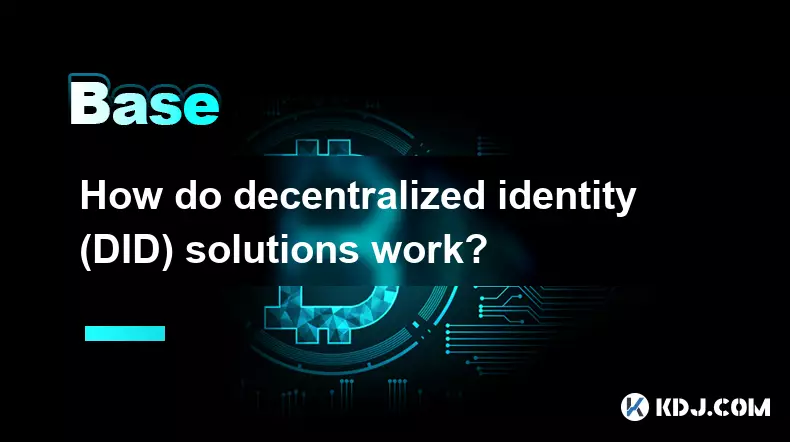
How do decentralized identity (DID) solutions work?
Oct 14,2025 at 11:36pm
Understanding Decentralized Identity in the Blockchain Ecosystem1. Decentralized identity (DID) solutions are built on blockchain networks, allowing i...

What is the difference between Near Protocol and Ethereum?
Oct 15,2025 at 08:01am
Near Protocol and Ethereum: Core Architectural Differences1. Near Protocol operates on a sharded blockchain architecture known as Nightshade, which al...
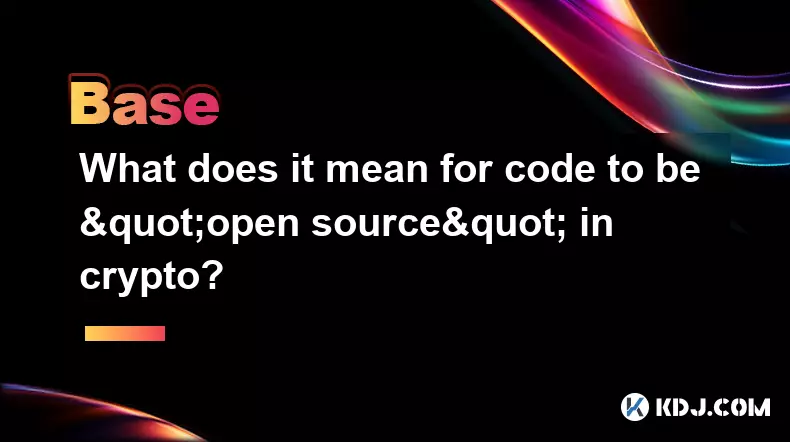
What does it mean for code to be "open source" in crypto?
Oct 12,2025 at 01:54pm
Understanding Open Source in the Cryptocurrency Ecosystem1. In the context of cryptocurrency, open source refers to software whose code is publicly ac...
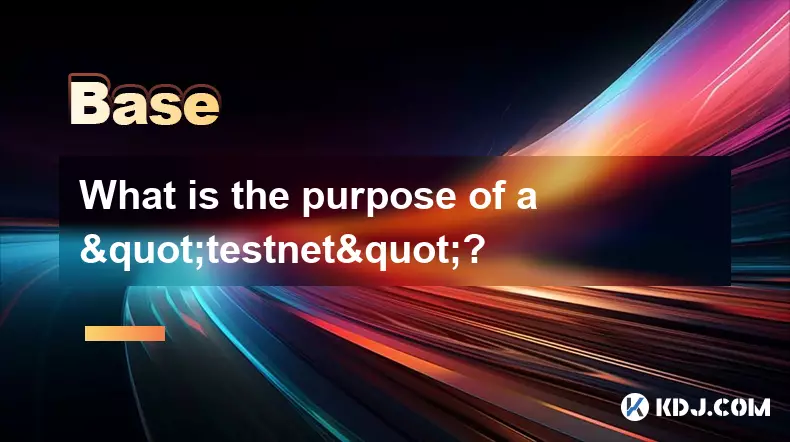
What is the purpose of a "testnet"?
Oct 12,2025 at 09:01am
Understanding the Role of Testnets in Blockchain Development1. A testnet serves as a parallel version of a blockchain network, designed specifically f...

How to avoid phishing scams in crypto?
Oct 13,2025 at 06:18pm
Understanding Common Crypto Phishing Tactics1. Cybercriminals frequently use fake websites that mirror legitimate crypto exchanges or wallet platforms...
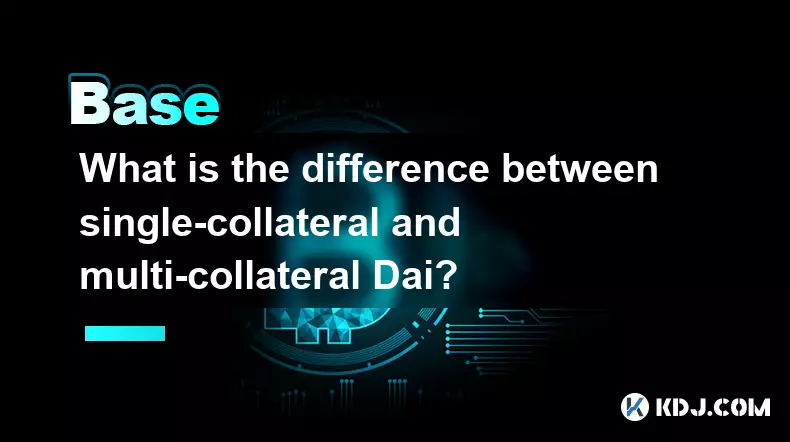
What is the difference between single-collateral and multi-collateral Dai?
Oct 12,2025 at 05:18pm
Understanding Single-Collateral Dai1. Single-Collateral Dai (SCD) was the original version of the Dai stablecoin launched by MakerDAO in 2017. It allo...

How do decentralized identity (DID) solutions work?
Oct 14,2025 at 11:36pm
Understanding Decentralized Identity in the Blockchain Ecosystem1. Decentralized identity (DID) solutions are built on blockchain networks, allowing i...

What is the difference between Near Protocol and Ethereum?
Oct 15,2025 at 08:01am
Near Protocol and Ethereum: Core Architectural Differences1. Near Protocol operates on a sharded blockchain architecture known as Nightshade, which al...

What does it mean for code to be "open source" in crypto?
Oct 12,2025 at 01:54pm
Understanding Open Source in the Cryptocurrency Ecosystem1. In the context of cryptocurrency, open source refers to software whose code is publicly ac...

What is the purpose of a "testnet"?
Oct 12,2025 at 09:01am
Understanding the Role of Testnets in Blockchain Development1. A testnet serves as a parallel version of a blockchain network, designed specifically f...

How to avoid phishing scams in crypto?
Oct 13,2025 at 06:18pm
Understanding Common Crypto Phishing Tactics1. Cybercriminals frequently use fake websites that mirror legitimate crypto exchanges or wallet platforms...

What is the difference between single-collateral and multi-collateral Dai?
Oct 12,2025 at 05:18pm
Understanding Single-Collateral Dai1. Single-Collateral Dai (SCD) was the original version of the Dai stablecoin launched by MakerDAO in 2017. It allo...
See all articles




















